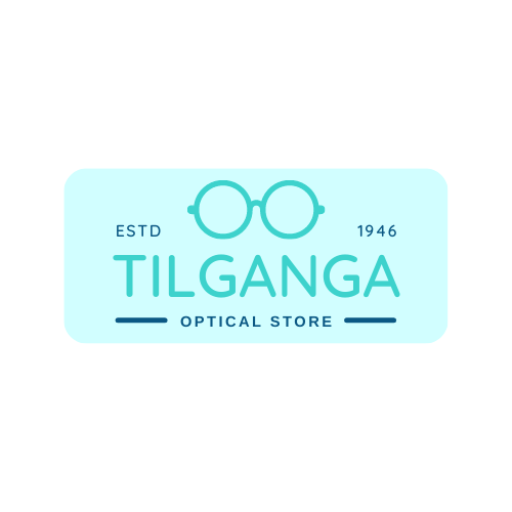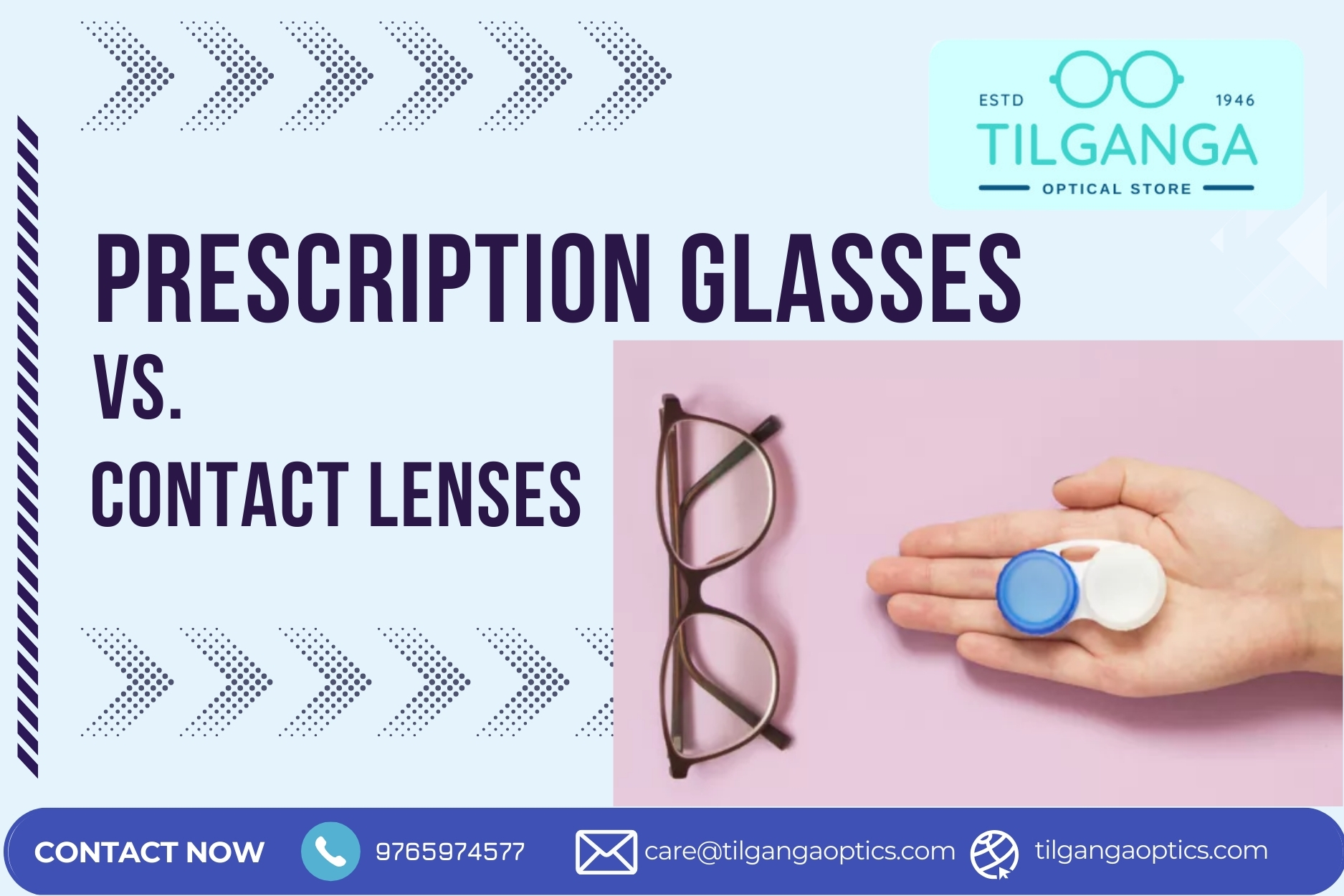Prescription Glasses vs. Contact Lenses: Which is Right for You?
Choosing between prescription glasses and contact lenses can be a tough decision, as both options have unique advantages and disadvantages. Your choice should depend on your lifestyle, comfort, budget, and specific vision requirements. This guide will help you weigh the pros and cons of each option, so you can make the best decision for your needs.
Advantages of Prescription Glasses vs. Contact Lenses
Prescription glasses are the traditional choice for vision correction and remain a popular option due to their simplicity and style.
Benefits of Glasses:
- Ease of Use: Glasses don’t require cleaning routines or direct contact with your eyes, making them low maintenance.
- Durable and Long-Lasting: With proper care, glasses can last for years, making them a cost-effective option.
- Protection from the Elements: Glasses provide some protection against wind, dust, and debris, especially useful in areas like Kathmandu.
- Fashion Statement: Glasses are available in countless styles, materials, and colors, allowing you to express your personality.
- Blue Light Blocking Options: Many glasses now come with coatings to protect against blue light from digital screens, reducing eye strain.
Drawbacks of Glasses:
- Weight and Comfort: Some people find glasses uncomfortable, especially if worn for long hours.
- Limited Peripheral Vision: Glasses only correct vision in the area covered by the lenses.
- Weather Interference: Fogging in cold weather or rain can be inconvenient.
Advantages of s Contact Lenses vs. Prescription Glasses
Contact lenses offer a more discreet option for vision correction and are ideal for active lifestyles.
Benefits of Contact Lenses:
- Natural Vision: Contact lenses move with your eyes, providing a wider field of vision without obstructions.
- No Style Interference: They are invisible and don’t clash with your look or activities.
- Ideal for Sports: Contacts are perfect for active individuals, as they stay in place and won’t break during physical activities.
- Specialized Options: Options like colored contacts or multifocal lenses cater to diverse needs.
Drawbacks of Contacts:
- Maintenance Requirements: Proper cleaning and storage are essential to avoid infections or discomfort.
- Initial Discomfort: Some people find it difficult to adjust to wearing lenses.
- Higher Ongoing Costs: Contacts need regular replacements, which can add up over time.
- Risk of Eye Irritation: If not used correctly, lenses can cause dryness or irritation, especially in polluted areas.
How to Choose the Right Option for You
Consider Your Lifestyle:
- Choose glasses if you prefer low-maintenance vision correction or enjoy the style aspect.
- Opt for contacts if you lead an active lifestyle or want a more natural look.
Budget and Long-Term Costs:
- Glasses are often more cost-effective over time, while contacts involve continuous replacement expenses.
Eye Health and Comfort:
- People with dry eyes or sensitivity to lenses may find glasses more comfortable.
- If you’re in a dusty or polluted environment like Kathmandu, glasses can protect your eyes better.
Professional Guidance:
Schedule an eye exam at Tilganga Optic Center, located near the Tilganga Eye Hospital gate, to explore both options with the help of professionals.
Both prescription glasses and contact lenses have their pros and cons, and the right choice depends on your preferences and lifestyle. For expert advice and a wide range of options, visit Tilganga Optic Center today and find the perfect solution for your vision needs!







